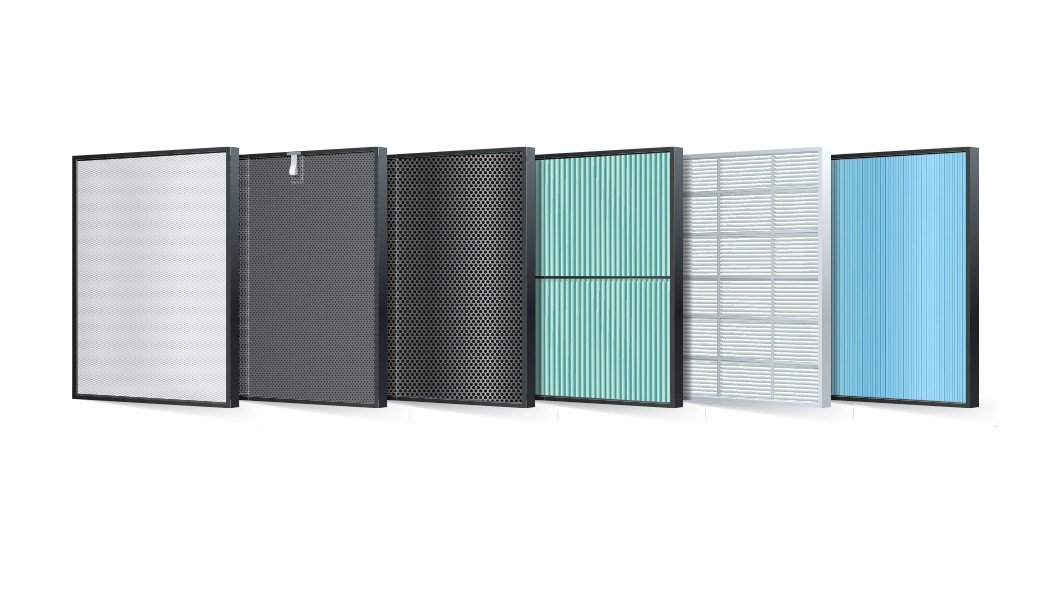Next, consider the different types of filters available. There are several options on the market, including activated carbon filters, reverse osmosis systems, and ceramic filters. Activated carbon filters are great for removing chlorine and improving taste, while reverse osmosis systems can eliminate a broader range of contaminants. Understanding how each type works will help you make an informed decision about the best filter to install under sink water filter in your home.
Additionally, think about the maintenance requirements and the lifespan of the filter. Some systems require regular filter changes, while others may have longer-lasting options. Ensure that you choose a water filter that fits your maintenance routine and budget. Remember, the more frequently you need to change the filter, the more it might cost you over time.
Finally, read customer reviews and ratings to gain insight into others’ experiences with the filters you’re considering. This can help you avoid products that might not perform as advertised, ensuring that the filter you choose will effectively provide clean water for your household. By taking all these factors into account, you will be well-equipped to install under sink water filter that meets your family’s needs.
Tools You Need for Installation
When you're ready to install under sink water filter, having the right tools on hand can make the process smoother and quicker. Before you dive into the installation, it's essential to gather everything you need. This will save you time and help avoid frustration as you work through each step.
First on the list is a pair of adjustable wrenches. These will help you easily tighten or loosen the plumbing fittings without causing any damage. You'll also want to have a Philips and flathead screwdriver ready. These tools are commonly required for securing the filter system in place and attaching various hoses and brackets.
Don't forget to include a drill if your system requires mounting. Make sure to have a drill bit that matches the size of screws you'll be using. Additionally, a bucket or towel is handy for catching any excess water during installation, preventing messes under your sink.
Lastly, consider investing in a plumber's tape. This can be essential for ensuring leak-proof connections, which is crucial when you install under sink water filter. Having this tape prepared will give you peace of mind, knowing you've taken the extra steps to secure your installation.
Step by Step Installation Guide
Installing your under sink water filter may seem daunting, but with our step-by-step guide, you'll see how easy it can be. Start by gathering all the necessary tools and materials. You'll need the filter system, a wrench, a bucket to catch drips, and some towels for any spills. Make sure you read through the manufacturer’s instructions that came with your filter, as they provide specific details for your model.
Begin by shutting off the water supply under your sink. This is typically done by turning the valves located behind the cabinet. Next, place the bucket beneath the pipes to catch any water that may spill during the installation process. Once the water is off, carefully disconnect the existing water line from the cold water supply. Use your wrench to loosen the connections, but be cautious not to damage any pipes.
Now that you've prepared the area, it's time to install under sink water filter. Follow the instructions that came with your system to connect the filter to your cold water line. Usually, you will attach the filter to the water supply before connecting the line to the faucet. Make sure all connections are tight to prevent leaks. After everything is connected, turn the water back on slowly and check for any leaks. If there are none, you’re almost done!
The final step is to flush your new filter. Turn on the faucet connected to the under sink water filter and allow it to run for a few minutes to remove any carbon dust or impurities from the filter. It’s a great idea to check your water quality after the flush to ensure the filter is working effectively. With these simple steps, you can enjoy clean, filtered water right from your faucet!
Testing Your New Water Filter
Start by turning on your kitchen tap and allowing the water to run for a few minutes. This will help to flush out any loose carbon dust or particles that may have settled in the filter during installation. After running the water, fill a clear glass and take a moment to observe the clarity. The water should appear clean and free from any strange particles.
Next, taste the water. A newly installed under sink water filter should enhance the flavor, making it more enjoyable to drink. If you notice any strange tastes or odors, it may indicate that the filter isn't functioning properly. Additionally, you can use a water testing kit to check for common contaminants, such as chlorine, lead, or bacteria, to ensure that your water is safe and clean.
Finally, keep an eye on your new filter over time. Regularly check for any leaks around the installation point and replace the filter as recommended by the manufacturer. This will help maintain the high quality of water that your under sink system provides, allowing you to drink confidently knowing you’ve made a great installation choice.
